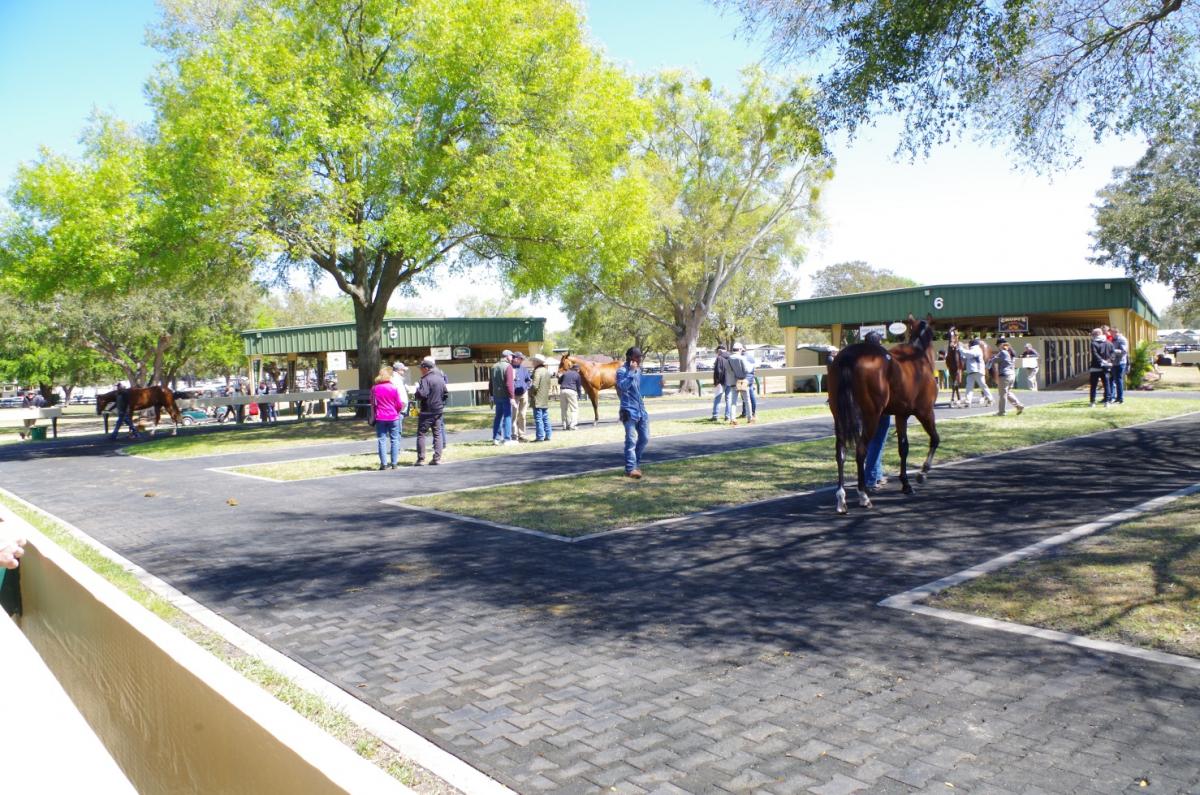As the bell weather Keeneland yearling sales begin, it’s worth looking at some numbers, in terms of what buyers got for what they paid. A very comprehensive report from The Blood-Horse (August 26th, page 52) showing yearlings sold 2011-2014 and the results they’ve produced on the track to date, offers an excellent picture of what you get for your money buying at what is without a doubt by far and away the largest yearling venue in North America. The study shows results in a number of key categories, such as median price, earnings per runner, # of starts, average earnings, percentage of winners, stakes winners, etc. It’s similar to a report The Blood-Horse did for two year olds in March, (you can see that and our analysis in our blog post from May, "The hard numbers with two year olds - Part II" ).
As with two year olds, the attached yearling report shows just how many horses ultimately are money losers, in all price ranges. It also shows clearly that paying top dollar for a yearling offers by far the worst R.O.I and very little advantage in any category over the horses purchased in the $25,000 - $125,000 range we (and other savvy buyers) operate in. For example, looking at all horses old for $500,000+ we note that the median price of these horses was $625,000, while their median earnings were a staggeringly low $47,836! They made just 9.76 career starts on average, with 69% reaching the winner’s circle (19% at age 2), 14% stakes winners and 3.3% grade 1 stakes winners. Remember, this is the cream of the crop, in terms of conformation and pedigree, selected by billionaire buyers with a nearly unlimited budget (and a nearly unlimited capacity for throwing away money it seems!). The R.O.I. for this group (return on investment for track earnings versus sale price) was a stunning -72%, and remember that did not include the considerable cost of training these horses.
So, how do the numbers buying at the top of the yearling market compare to buying in the “middle market” range Kenwood Racing (and most other savvy buyers looking to have a shot at making money in a very tough game) buys in? Looking at all horses sold in the same sale in the $50,000 - $74,999 range, we find a median price of $60,000 with median earnings of $46,420, with a total R.O.I. of +20%. This group made 14.64 starts, a huge improvement on the 9.76 career starts the higher priced group made, with 64% winners (19% at age 2), 6.9% stakes winners and 0.6% Grade 1 stakes winners. If you move up slightly to the $75,000 - $99,999 range, you get a similar number of winners and stakes winners, but the percentage of grade 1 stakes winners goes up to 1.5%.
In fairness, looking at the above numbers, paying top dollar does buy you a significantly higher percentage of stakes winners and grade 1 stakes winners, which is the ultimate goal of the game to be sure. But clearly, the price you have to pay for these elite horses doesn’t come close to the modestly better results at the top level. Even if you don’t care about the return and are willing to accept a -72% R.O.I versus a +20% R.O.I., these stats show that you wouldd end up with more stakes winners and grade 1 winners buying eight horses in the $75,000 - $99,999 range than one horse in the $500,000+ range.
It’s extremely rare to come up with stakes winners, no matter how good you are or how much you spend. Everyone dreams of winning the biggest races and rightly so, it’s where the greatest thrills are and where the most money is made. What’s hard to grasp is that about 3% of all horses win any stake in their lifetime, less than 1% win a major (graded) stake, and literally 15 or 20 horses out of a foal crop of about 22,000 win one of the famous races (Derby, Preakness, Haskell, Breeders Cup). That holds true in most sports, think of how many people want to play in the NBA, NFL, the US Open, or the Masters, and how many actually make it. Even when you do come up with a really talented horse, the numbers show they don’t stick around for many races and getting them there requires real patience. Note that less than 20% of all horses win as much as a single race at age two and the average number of lifetime starts for all horses is under 15 the next time you think “I can’t believe my horse was on the farm all winter and ‘only’ ran 10 times the entire year”. The bottom line is you can have real success in this game, but you need money, patience, a good team, a understanding of the numbers and perhaps most importantly, you can’t overpay for pedigree (which history shows is a much smaller part of the equation than most owners think) because it simply isn’t worth it.


Add new comment